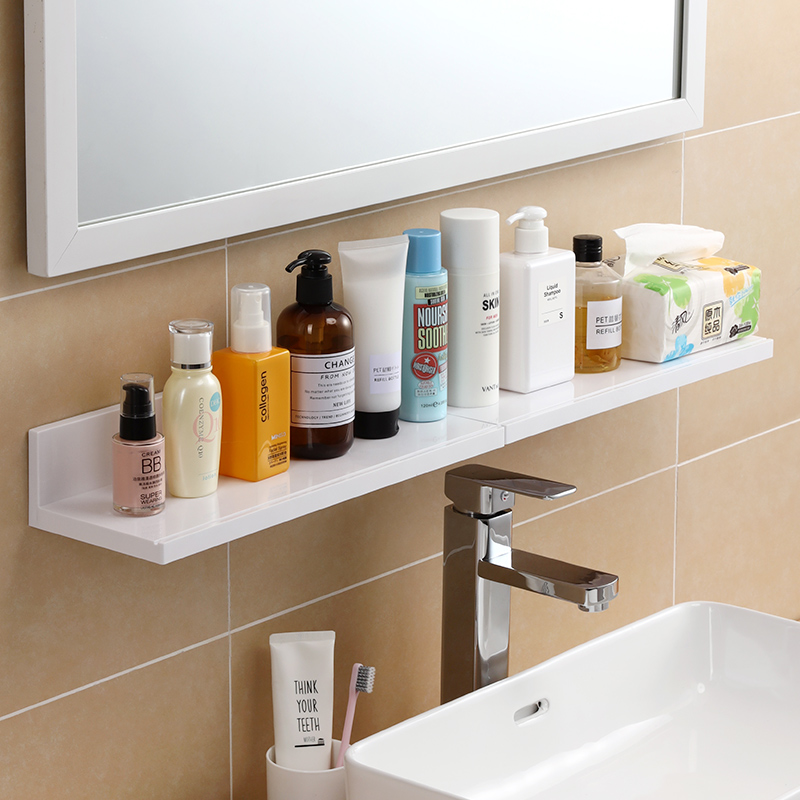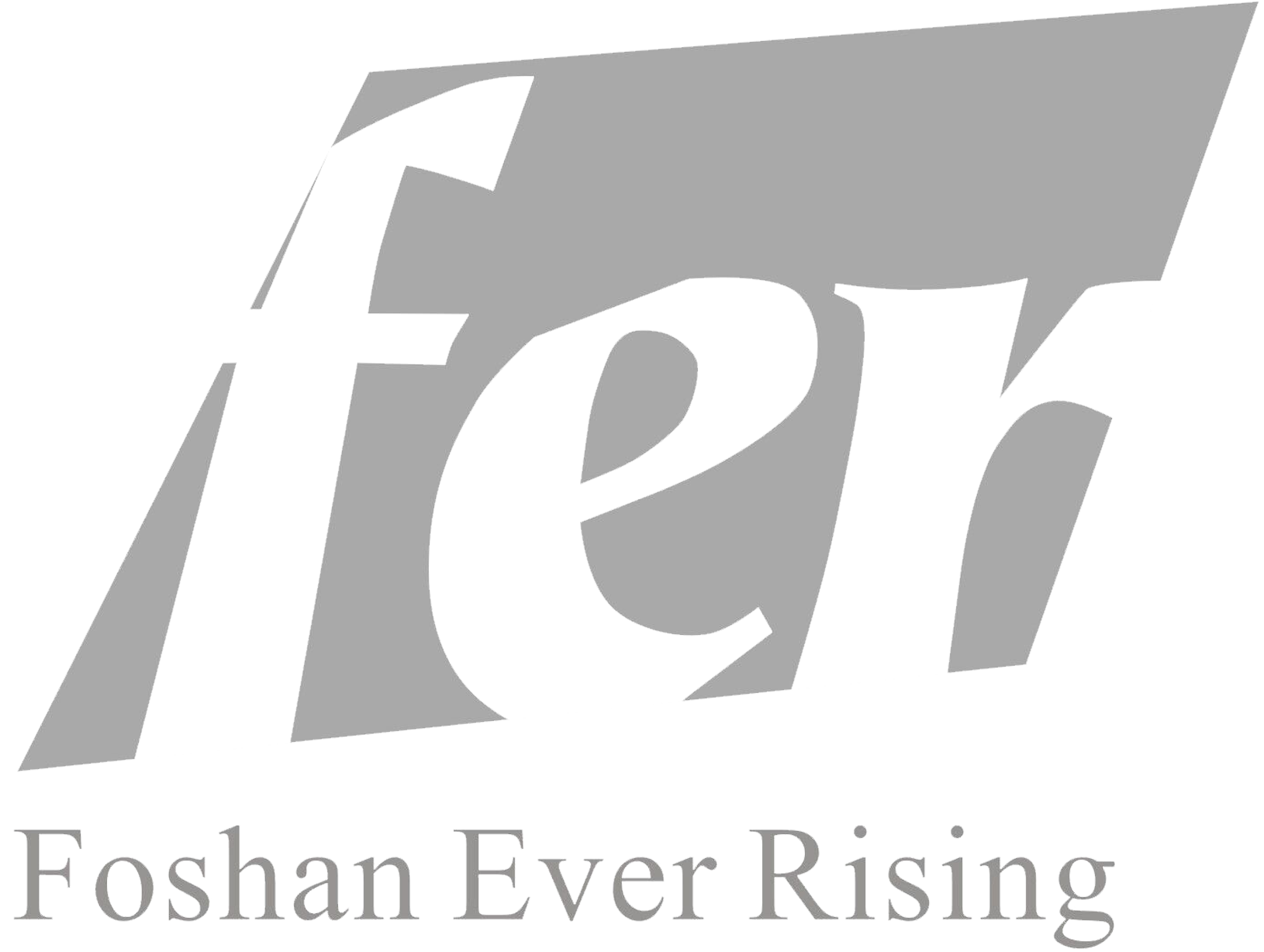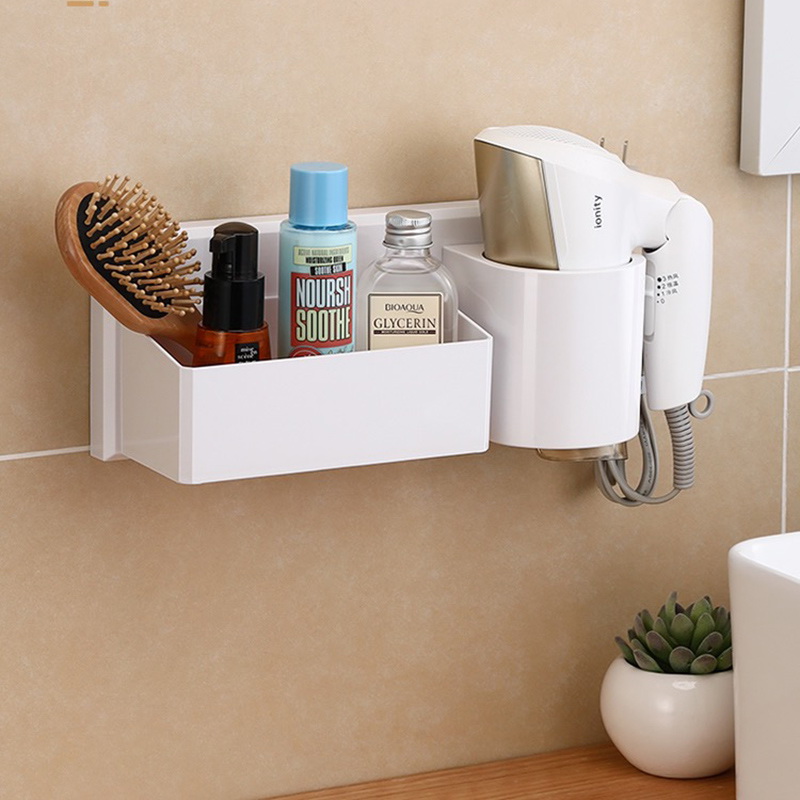A Guide to Materials for Kitchen Plastic Storage Containers
The global home furnishings market has recently been influenced by cost and usage requirements. Home goods, primarily dominated by metal, are gradually incorporating plastic products as accessories and beginning to enter various home furnishings industries. As a company specializing in home goods production and design, we have also started adding plastic elements to our products. Plastics are suitable for a wide variety of home products, and today we'll highlight specific plastic types to share with you.

Choosing the right plastic container depends on your needs for durability, clarity, microwave safety, and more. Here are the most common materials you will encounter:
1. Polypropylene (PP) - #5
Characteristics: Opaque or semi-translucent, lightweight, semi-rigid to rigid. It has a high heat resistance, making it very popular for food storage.
Key Advantages:
Excellent Microwave Safety: PP is the most common microwave-safe plastic. It won't melt or warp at normal reheating temperatures.
Dishwasher Safe (Top Rack Recommended): Holds up well to dishwasher cleaning cycles.
Durable and Shatterproof: Resistant to fatigue, meaning it can withstand repeated use and lid snapping.
Common Uses: The majority of reusable food containers (like Tupperware, Rubbermaid, etc.), yogurt tubs, deli containers, and condiment bottles.
2. Polyethylene Terephthalate (PET or PETE) - #1
Characteristics: Crystal clear, lightweight, and rigid. It has excellent barrier properties against oxygen and moisture.
Key Advantages:
Clarity: Provides glass-like transparency, perfect for seeing contents easily.
Lightweight & Strong: Good impact resistance.
Good Barrier: Keeps air out, helping to preserve food freshness.
Disadvantages:
Not for Reheating: It is not microwave safe. Heat can cause it to warp and potentially leach chemicals.
Single-Use Design: While reusable for storage, it's not designed for long-term repeated use like PP. It can scratch and harbor bacteria.
Common Uses: Single-use water/soda bottles, plastic jars for peanut butter, and pre-packaged salad containers.
3. High-Density Polyethylene (HDPE) - #2
Characteristics: Opaque, sturdy, and hard-wearing. It has a higher density and strength than standard polyethylene.
Key Advantages:
Very Durable: Resistant to impacts, moisture, and chemicals.
Good Chemical Resistance: Doesn't leach into food easily.
Disadvantages:
Not Microwave Safe: Generally not recommended for heating.
Less Common for "Tupperware": More frequently used for bottles and jugs rather than rectangular food containers.
Common Uses: Milk jugs, detergent bottles, and some sturdy food storage buckets or canisters.
3. Low-Density Polyethylene (LDPE) - #4
Characteristics: Flexible, soft, and translucent. It has good resistance to acids and bases.
Key Advantages:
Flexibility: Easily squeezed and flexible without breaking.
Disadvantages:
Not Rigid: Not suitable for structured containers.
Not Heat Resistant: Not microwave or dishwasher safe.
Common Uses: Container Lids (the flexible part), squeezable bottles (e.g., for honey), and plastic cling wrap.
4. Polycarbonate (PC) - #7 (Other)
Characteristics: Extremely hard, rigid, and very clear (like glass). It has high impact and heat resistance.
Key Advantages:
Durability: Very shatter-resistant.
Clarity: Excellent transparency.
Major Disadvantage:
BPA Concerns: Traditional Polycarbonate is made using Bisphenol A (BPA), a chemical of concern for potential health effects. Most modern kitchen containers are now BPA-free.
Current Use: Much less common for kitchen food storage due to BPA concerns. It's been largely replaced by Tritan™.
5. Tritan™ Copolyester
Characteristics: A premium, engineering-grade plastic. It is crystal clear, extremely durable, and lightweight.
Key Advantages:
BPA-Free: Was developed specifically as a safe, high-performance alternative to Polycarbonate.
Excellent Clarity & Durability: Resistant to stains, odors, and impacts (won't crack or shatter easily).
Kitchen-Appliance Safe: Generally dishwasher, microwave, and freezer safe (always check the manufacturer's label).
Common Uses: High-end food storage containers, water bottles, and drinkware (e.g., by brands like Oxo and Snapware).
Summary & Safety Tips
Material | Resin Code | Microwave Safe? | Common Use |
Polypropylene (PP) | #5 | Yes | Reusable containers, lids |
Polyethylene Terephthalate (PET) | #1 | No | Single-use bottles, jars |
High-Density Polyethylene (HDPE) | #2 | No | Milk jugs, detergent bottles |
Low-Density Polyethylene (LDPE) | #4 | No | Flexible lids, squeezable bottles |
Polycarbonate (PC) | #7 | Varies | Being phased out of kitchen use |
Tritan™ Copolyester | #7 (Other) | Usually Yes | High-end, durable containers |
Always Check the Label: Look for the resin code (number inside the recycling symbol) and specific labels like "Microwave Safe," "Dishwasher Safe," and "BPA-Free." When in doubt, transfer food to a ceramic or glass dish for heating.
In 2025, the global market faced economic downturns, leading many consumers to choose plastic products over metal alternatives. They favored stylish designs with sleek, modern aesthetics, prioritizing high-quality items built for long-term use. F.E.R. products have previously incorporated plastic components in kitchenware, such as the Foldable X Shape Dish Drying Rack With Drainboard and the Bronze Rack Napkin Buffet Caddy With Utensil Holder. Moving forward, we will keep pace with the times by developing new product designs where plastic components are functionally necessary. We will adjust our product design direction based on market demands, striving to advance in step with the market.

